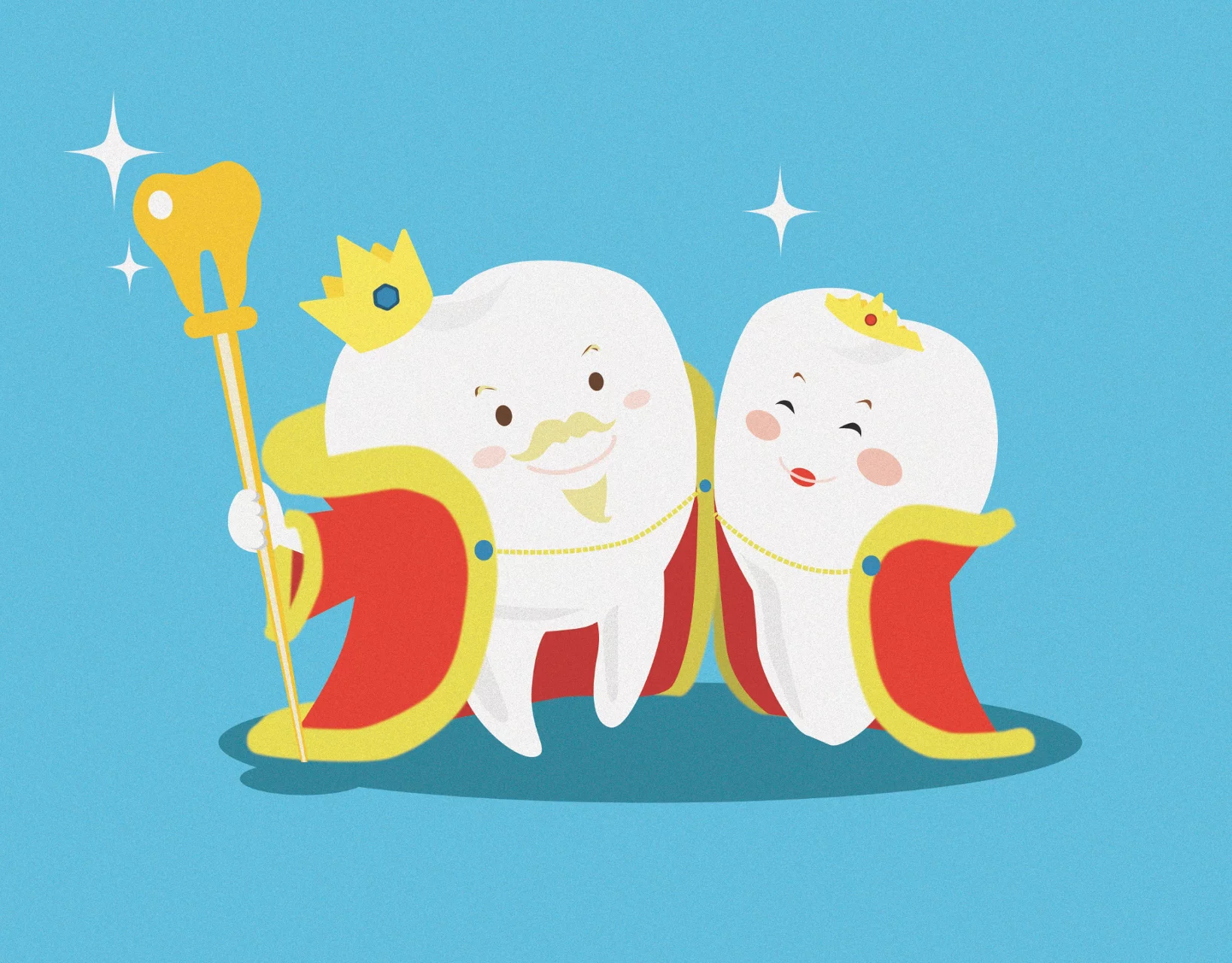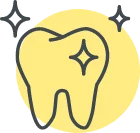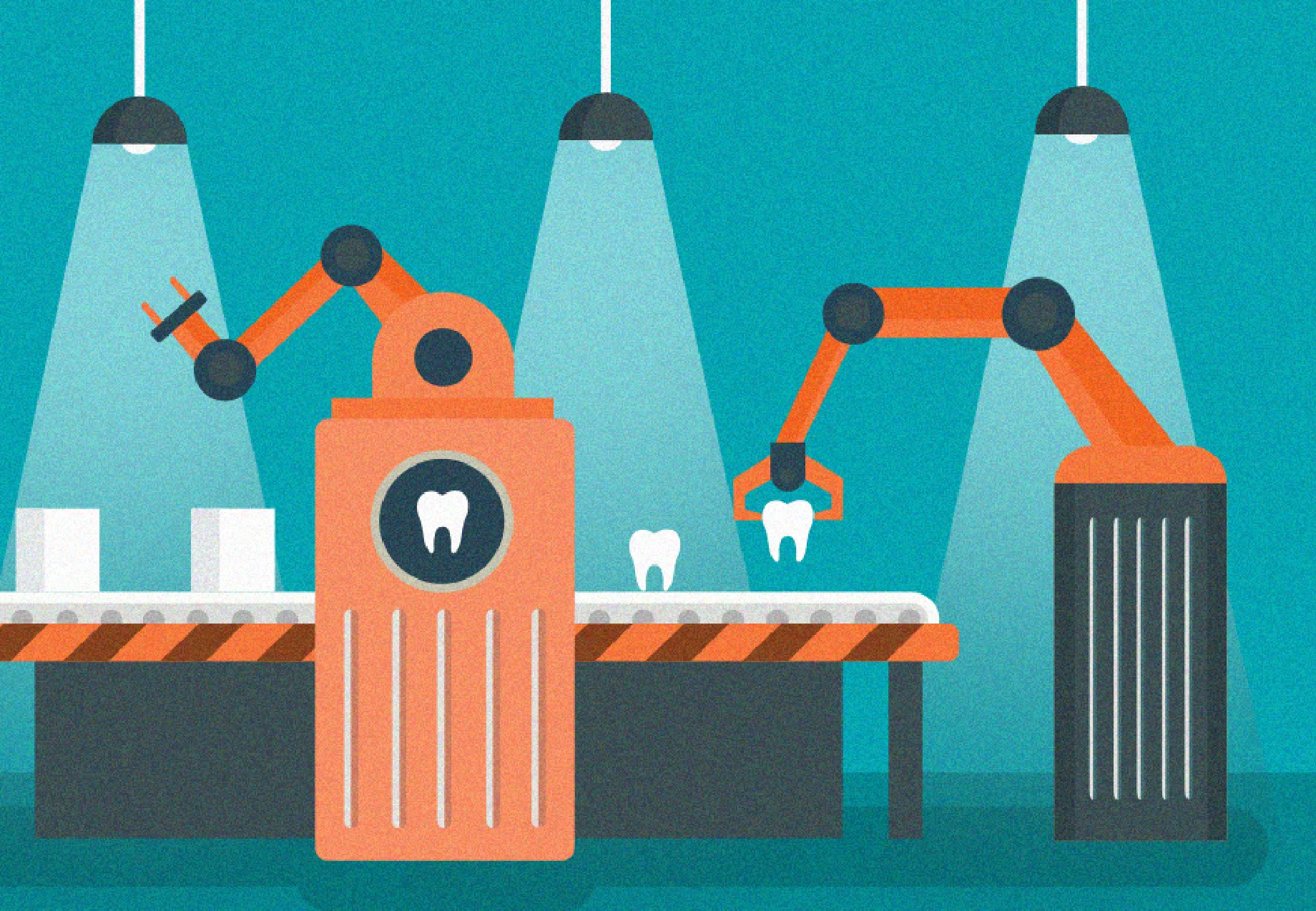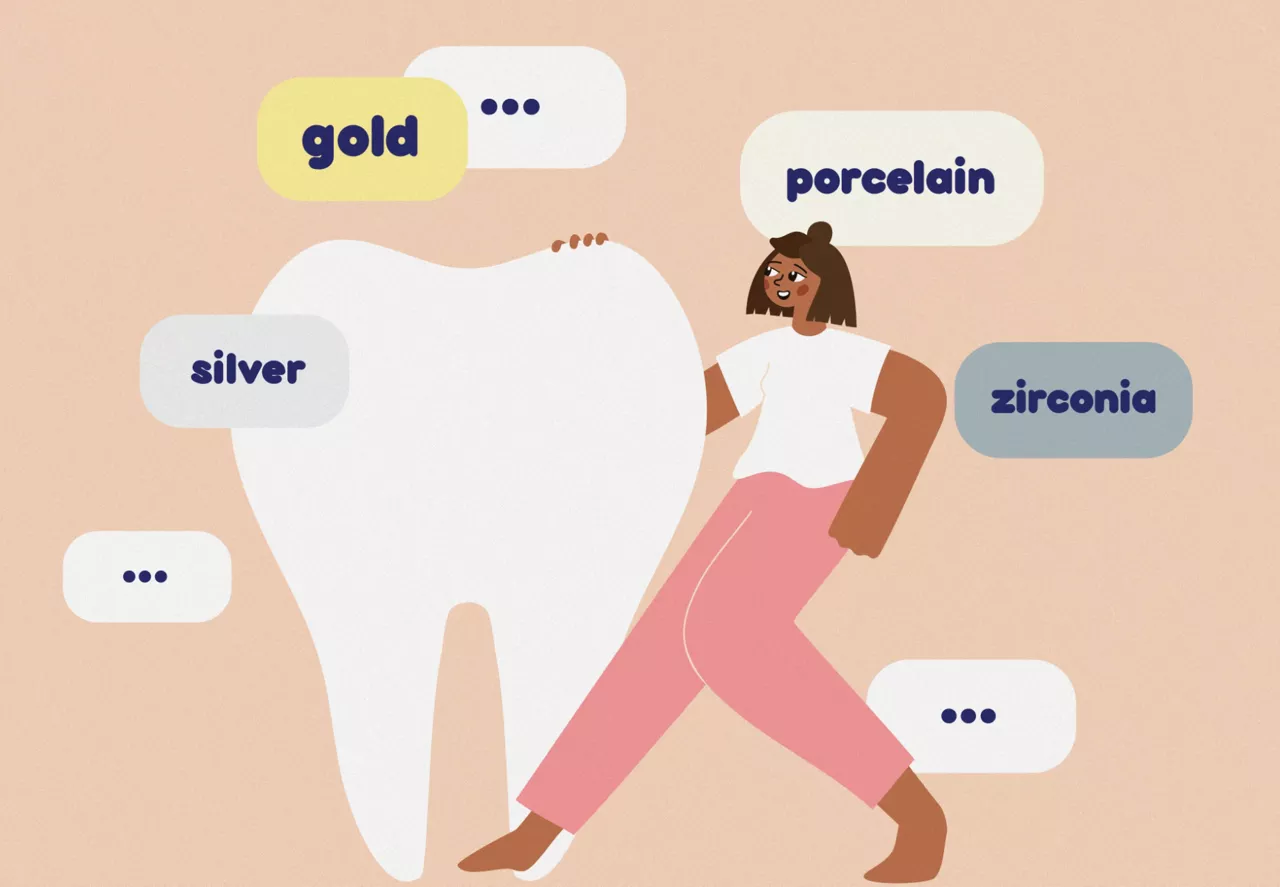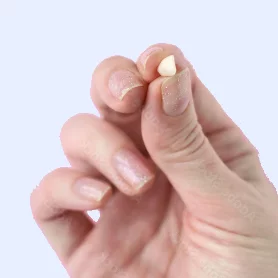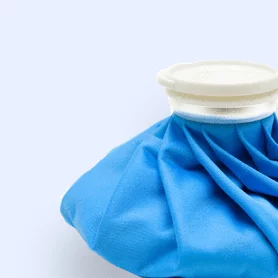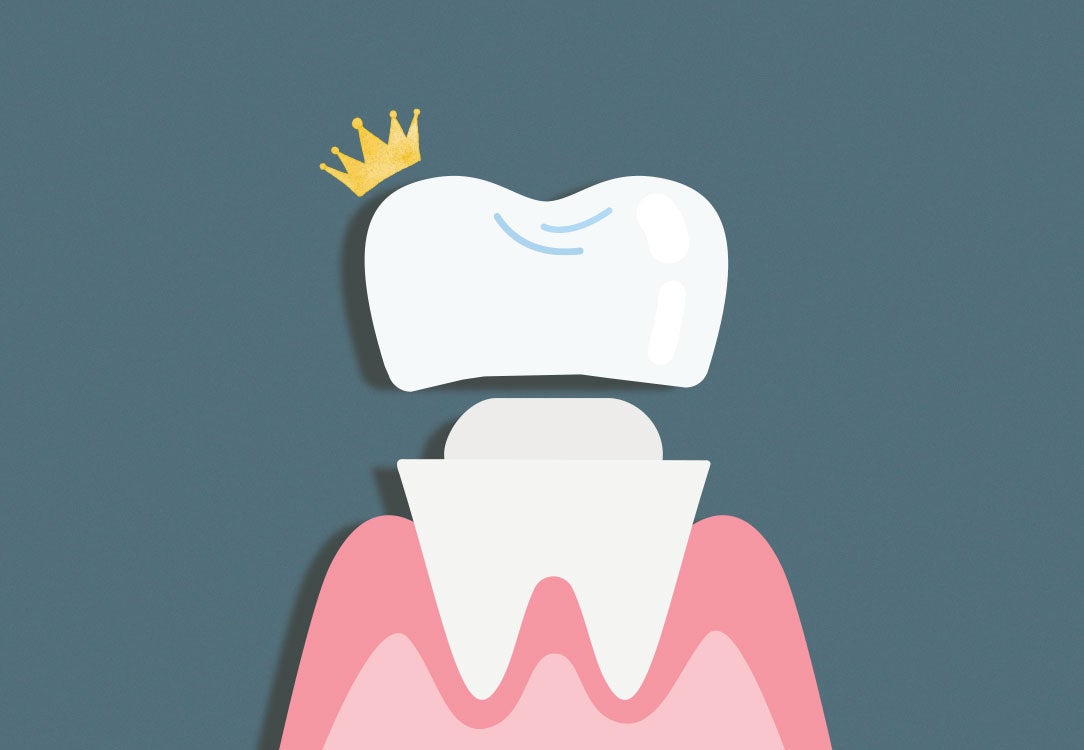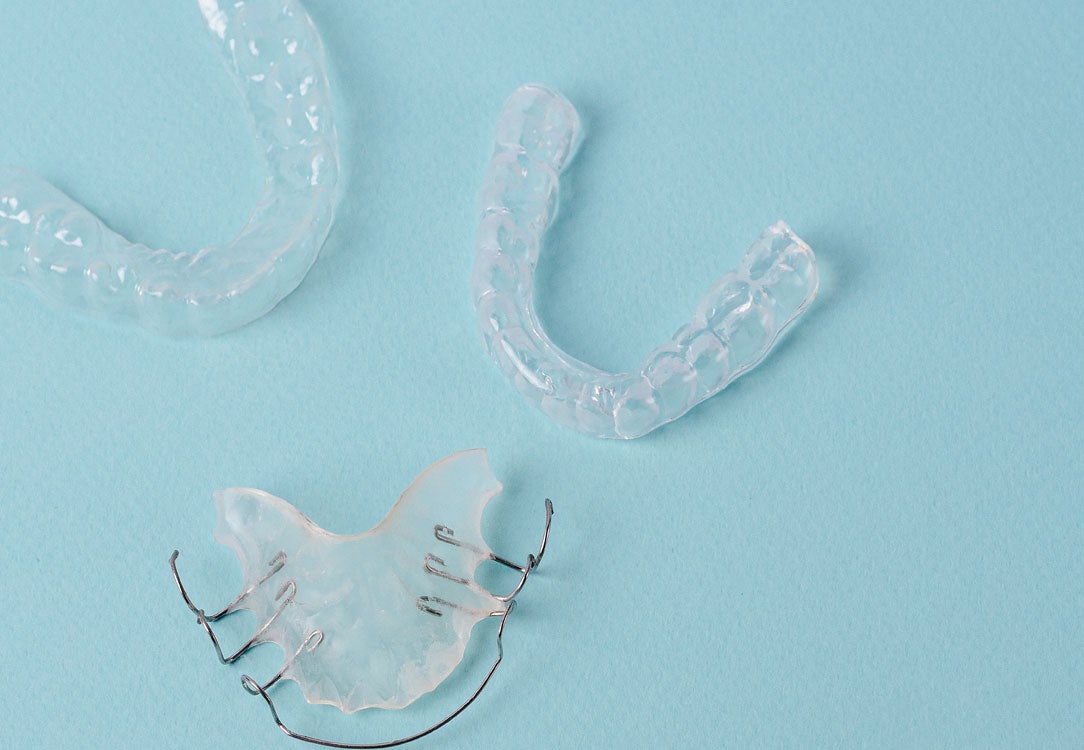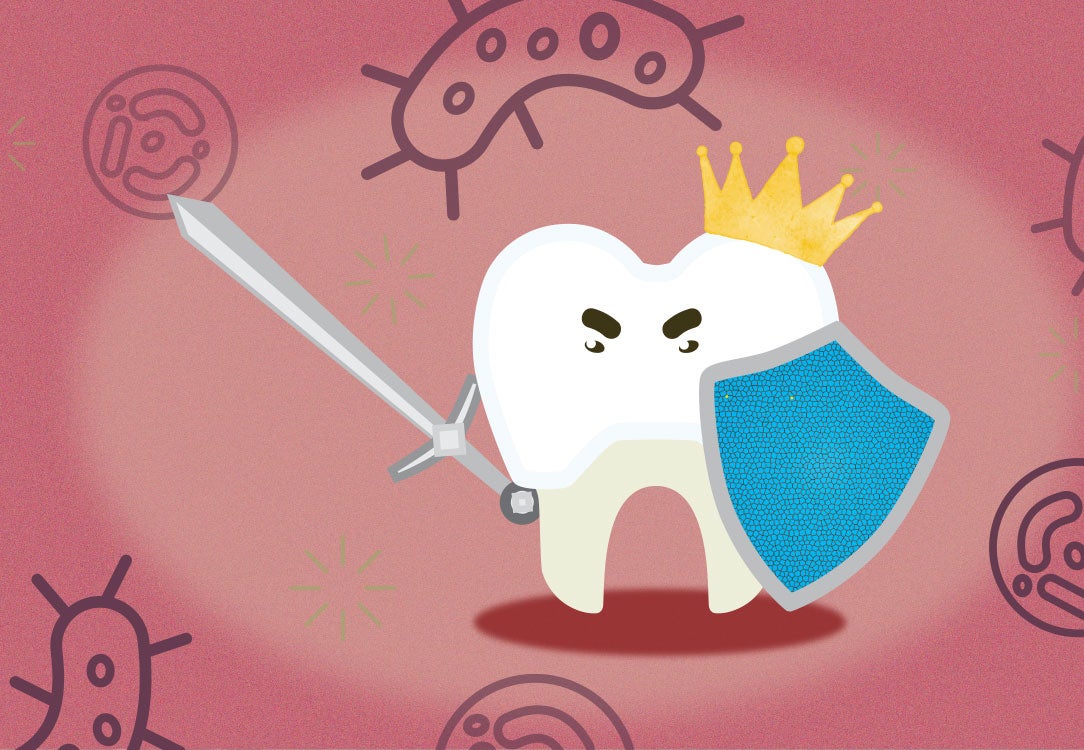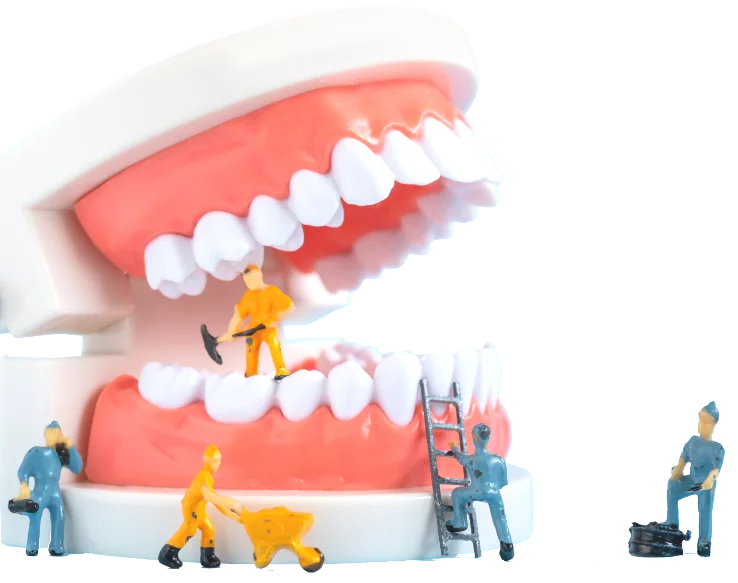How can we help?
- OVERVIEW
- ROUTINE CLEANING
- DENTAL HYGIENE
- CANCER SCREENINGS
- X-RAYS/IMAGING
- DENTURES
- DENTAL SEALANTS
- FLUORIDE TREATMENT
- FILLINGS
- SEDATION DENTISTRY
- DENTAL CROWNS
- BRIDGES
- ORALFITNESSCHECK
The Benefits of Routine Dental Crowns
When you have a damaged tooth in need of restoration, a crown is an excellent way to protect the tooth from harmful bacteria and further decay while providing a strong layer that can withstand bite pressure and function as if the tooth was never damaged in the first place.

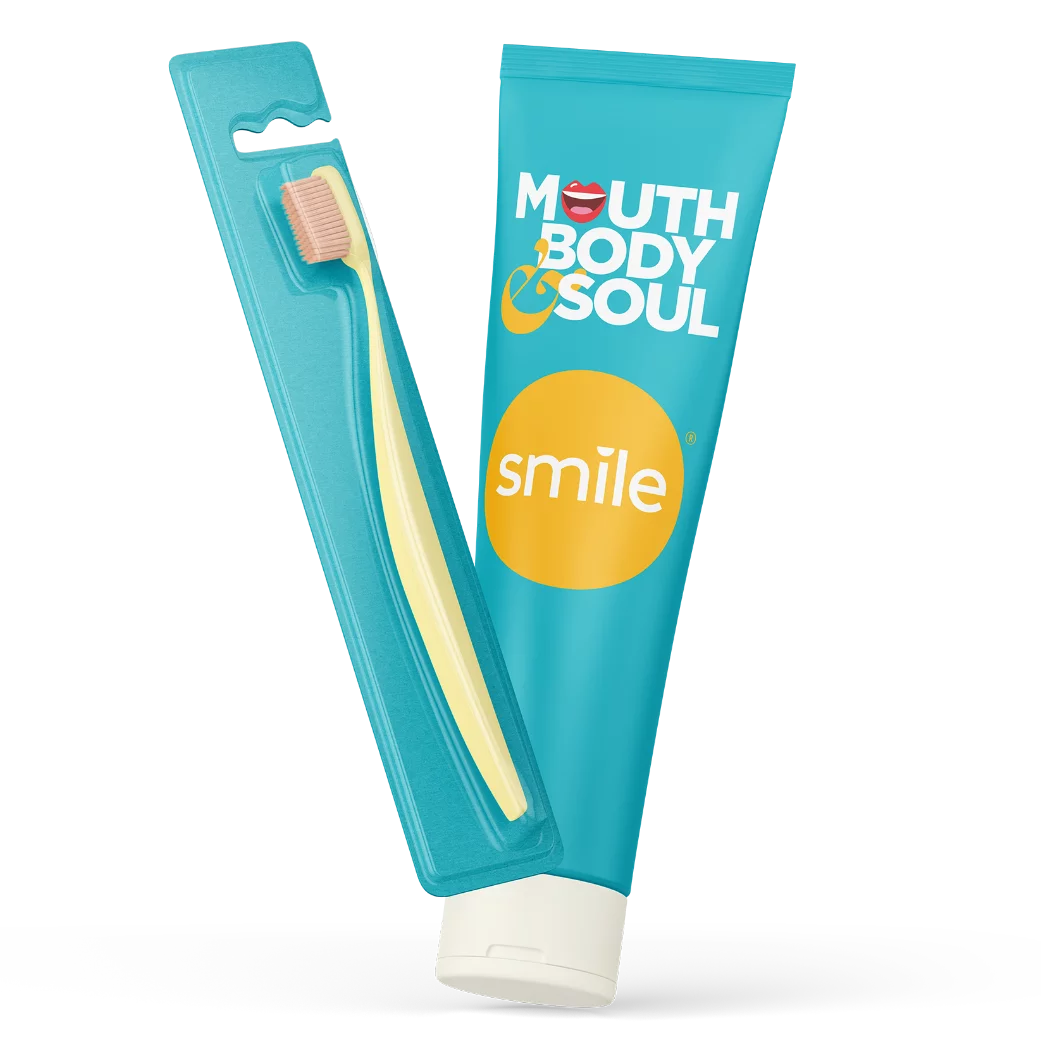
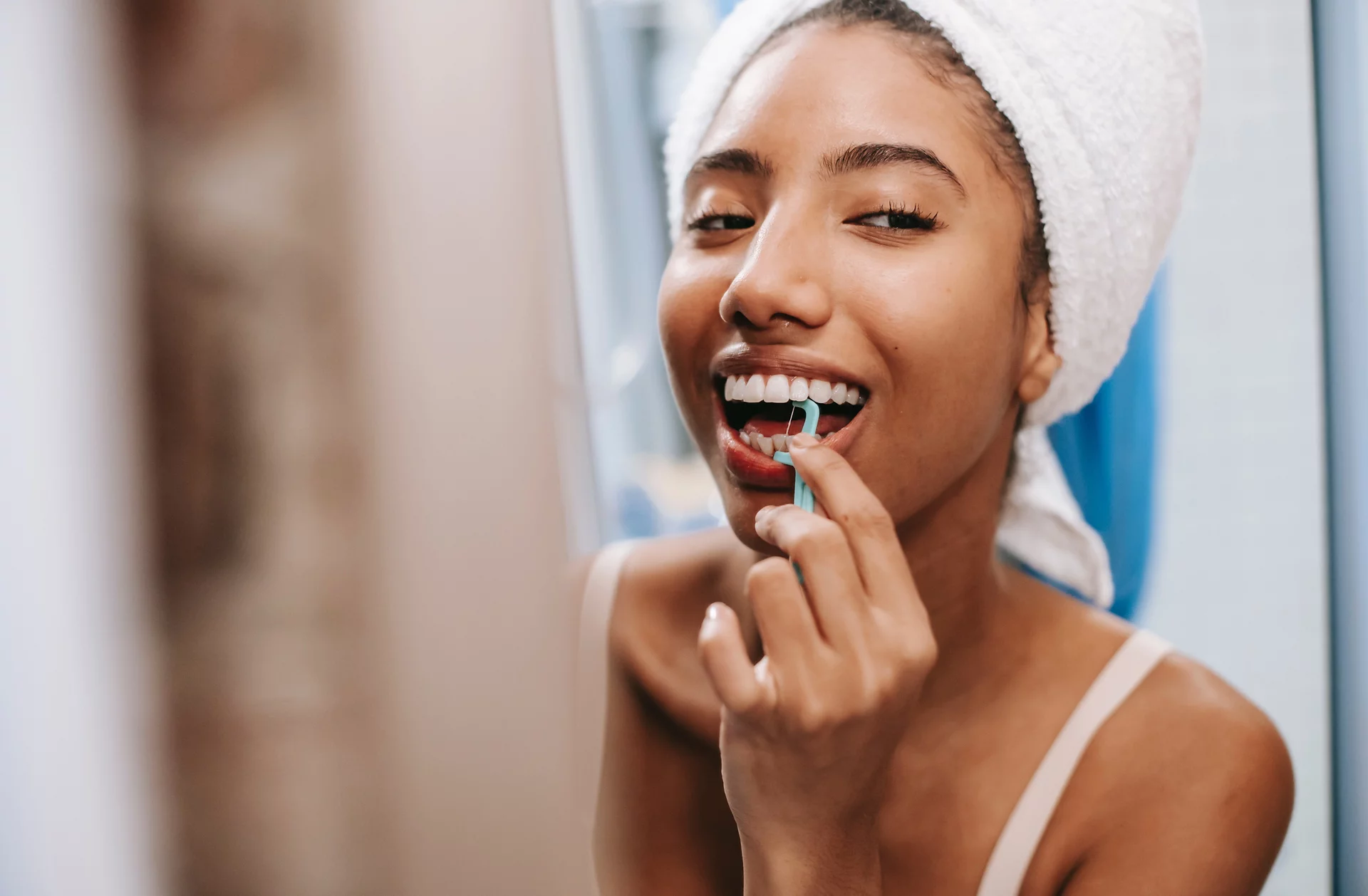
Book an Appointment Today
If you’re suffering from cavity symptoms, consult your dentist to discuss the best methods for cavity prevention and treatment.
Got questions?
We’ve got answers to all of your dental crown questions. Browse our FAQs here or give us a call at 1-800-SMILEGEN.
CEREC (Chairside Economical Restoration of Esthetic Ceramic) crowns are a specific type of crown. They differ from traditional crowns by being made and placed in about two hours, while traditional crowns require you to wear a temporary crown for several weeks before returning to the dentist to install the permanent crown. Otherwise, CEREC crowns and traditional crowns last about the same amount of time and cost about the same.
CEREC crowns are just as durable as regular crowns, lasting 10 to 15 years or longer depending on how well they are maintained. It is just as important to brush and floss a crown as a natural tooth to ensure its long life. CEREC crowns cost about the same as a regular crown and can be made in the same day rather than waiting for a week or more.
Yes, a specific type of crown, called a CEREC crown, can be created and placed within two hours. With CEREC crowns, there is no need to wear a temporary crown for several weeks and return to the office for a second visit to have the permanent crown placed. Everything is done in a single visit. This makes the crown experience much more convenient for the patient. Even though they take less time to place, CEREC crowns are just as durable and affordable as traditional crowns.
Related Posts
Sources
WebMD. (n.d.). Dental Sealants: What Are They and How Do They Work? https://www.webmd.com/oral-health/dental-sealants
Centers for Disease Control and Prevention. (n.d.). Dental Sealants Can Prevent Cavities. https://www.cdc.gov/vitalsigns/dental-sealants/index.html
Colgate. (n.d.). Dental Sealants: How Do They Work? https://www.colgate.com/en-us/oral-health/sealants/dental-sealants
Better Health Victoria. (n.d.). Dental Sealants. https://www.betterhealth.vic.gov.au/health/ConditionsAndTreatments/dental-sealants
NewMouth. (n.d.). Tooth Sealants: Benefits, Procedure, and Cost. https://www.newmouth.com/dentistry/pediatric/tooth-sealants/


